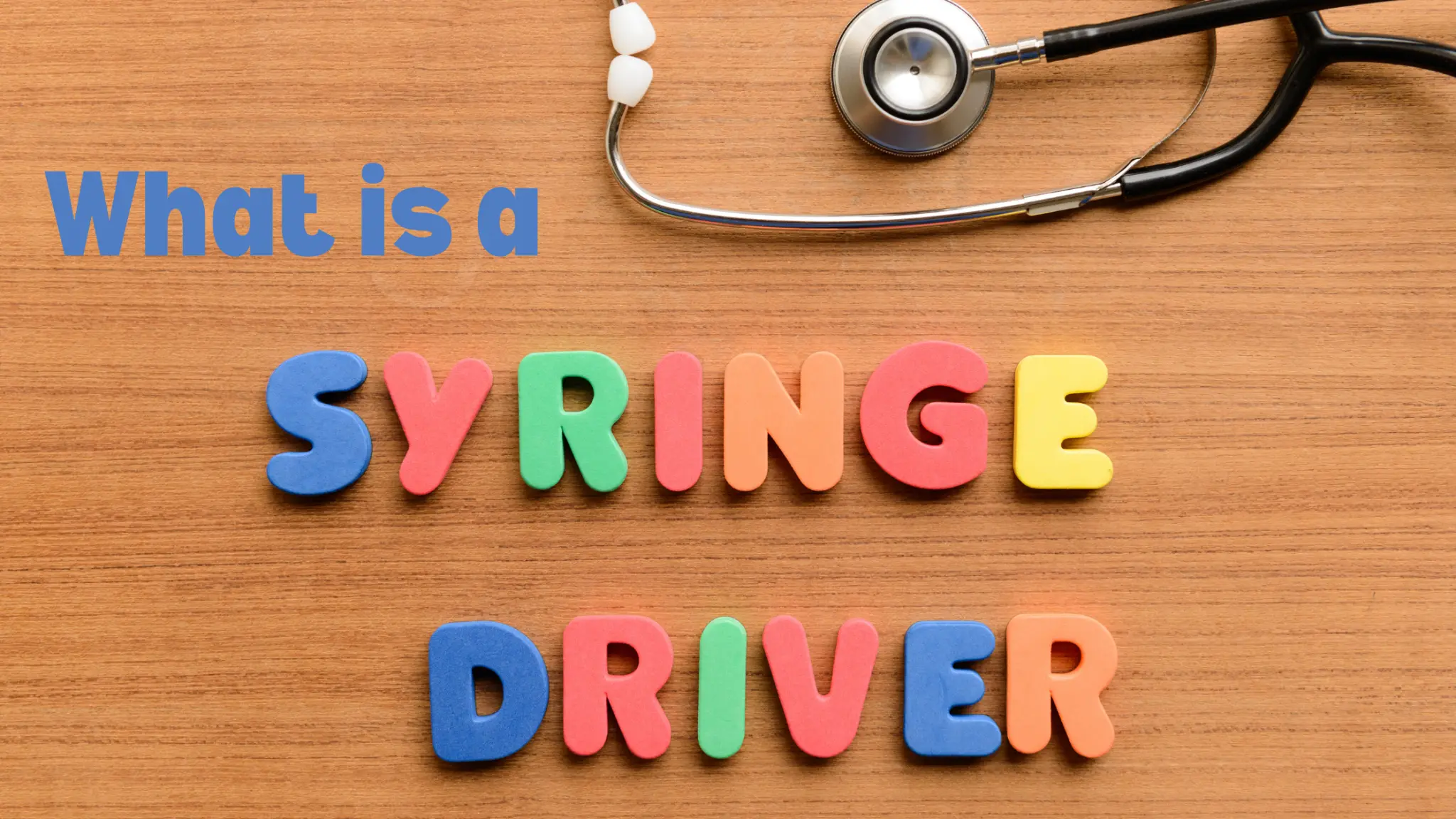What is a Syringe Driver?
A syringe driver is a small, portable medical device that delivers continuous medication subcutaneously. This device is commonly used in situations where consistent, long-term administration of medication is needed, such as in palliative care or for pain management. This article will explore what is a syringe driver, its purpose, and its benefits in various healthcare settings. Understanding the role of this device can help patients and caregivers feel more informed and confident when it comes to its use.
Purpose and Function of a Syringe Driver
A syringe driver is a device that constantly delivers specific doses at fixed intervals by slowly administering the drug for an agreed amount of time. This is especially achievable for patients who need stable symptom management. While oral medicines must be given several times daily, a syringe driver means the drug can be administered continuously without a break. Of most importance in such a setting is the fact that chronic diseases such as cancer require medication for certain symptoms such as pain.
The device provides the medicine subcutaneously, injecting it beneath the skin. The technique is preferred for patients who cannot swallow or absorb medicines given through mouth. This also reduces the frequency of injections compared to the daily injections required by insulin and, therefore more comfortable if you need to use it in the long term.
Common Uses of a Syringe Driver
- Syringe drivers are commonly used in the palliative and end-of-life care populations to dose medications for pain, nausea, and breathing terminations. The key objective for patients with a terminal illness is to keep them as comfortable as possible; at any given time, comfort is assured; this device can dispense medication regularly, such as morphine, nausea or sedatives.
- Another area that greatly benefits from syringe drivers is chronic pain management. The patients who could benefit from the constant release of pain relief medication are those with long-term diseases like cancer and neurological diseases, among others. In these cases, the syringe driver ensures patients do not have period discomfort due to bad symptoms.
- Moreover, syringe drivers are prescribed after surgery or during chronic therapies when repeated dose administrations are required, though tablets or capsules are impossible to swallow. For instance, patients who are being discharged from the hospital after major surgery may require intravenous opiates administered through a syringe driver to prevent the need for innumerable injections to control pain, etc.
Components and Operation of a Syringe Driver
A syringe driver consists of a few key components: the syringe, which holds the medication; a battery-powered motor, which controls the flow of the drug; and a control panel, where the dosage and delivery time are set. These customisable devices allow healthcare professionals to program them according to the patient’s needs.
Healthcare providers play a critical role in setting up and maintaining syringe drivers. They program the device to deliver medication at the prescribed rate and ensure it functions correctly. Depending on the patient’s condition, the device can be adjusted to increase or decrease the dosage over time, providing flexibility in treatment plans.
Benefits of Using a Syringe Driver
- Thus, one of the major advantages of the syringe driver is the ability to deliver medicines with minimal complications. At least in the case of this device, patients and caregivers are not expected to look at certain time intervals in the day to ensure they have taken their medication. This convenience also cuts on costs and the efforts of the patients and members of their families: families of the patients, especially in terminal end-of-life scenarios where symptom management is key.
- Better symptom management is yet another gain. Patients who use syringe drivers can have a constant amount of medication in their bloodstream, and they do not experience fluctuations that are common with oral drugs. This results in improved quality of the patient’s life, reducing symptoms such as pain, nausea, or other distress symptoms.
Potential Risks and Considerations
- Like every other syringe driver, there are likely consequences and liabilities. One issue is related to drug-drug interactions. Since the device delivers drugs over some time, the given medications must be harmonious and cannot have adverse effects when taken together. This is why the healthcare providers watch the patient’s condition and change the medication as they deem fit.
- Also, syringe drivers need monitoring, the state, and condition to confirm that they are working as expected. This offers poor dosages since the device or programming can have some issues that can cause under or over-medication. The condition of the syringe, adjustments made to the device, and the patient’s reaction must be reviewed often by healthcare professionals.
Conclusion
In conclusion, a syringe driver is an essential communication device to administer subcutaneous medication continuously and, hence, very useful in chronic diseases, end-life care and post-surgical courses. The delivery system of medication is constant and systematic and it enhances control of the symptoms and is suitable for patients who require extended use of drugs. However, like every medical equipment, health professionals must monitor its use issues.
Patients and caregivers should consult with their healthcare provider to fully understand how to use a syringe driver and ensure it is the right solution for their medical needs. A syringe driver can offer significant relief and comfort to those in need by following the proper guidelines and maintaining regular check-ups.




Post Comment